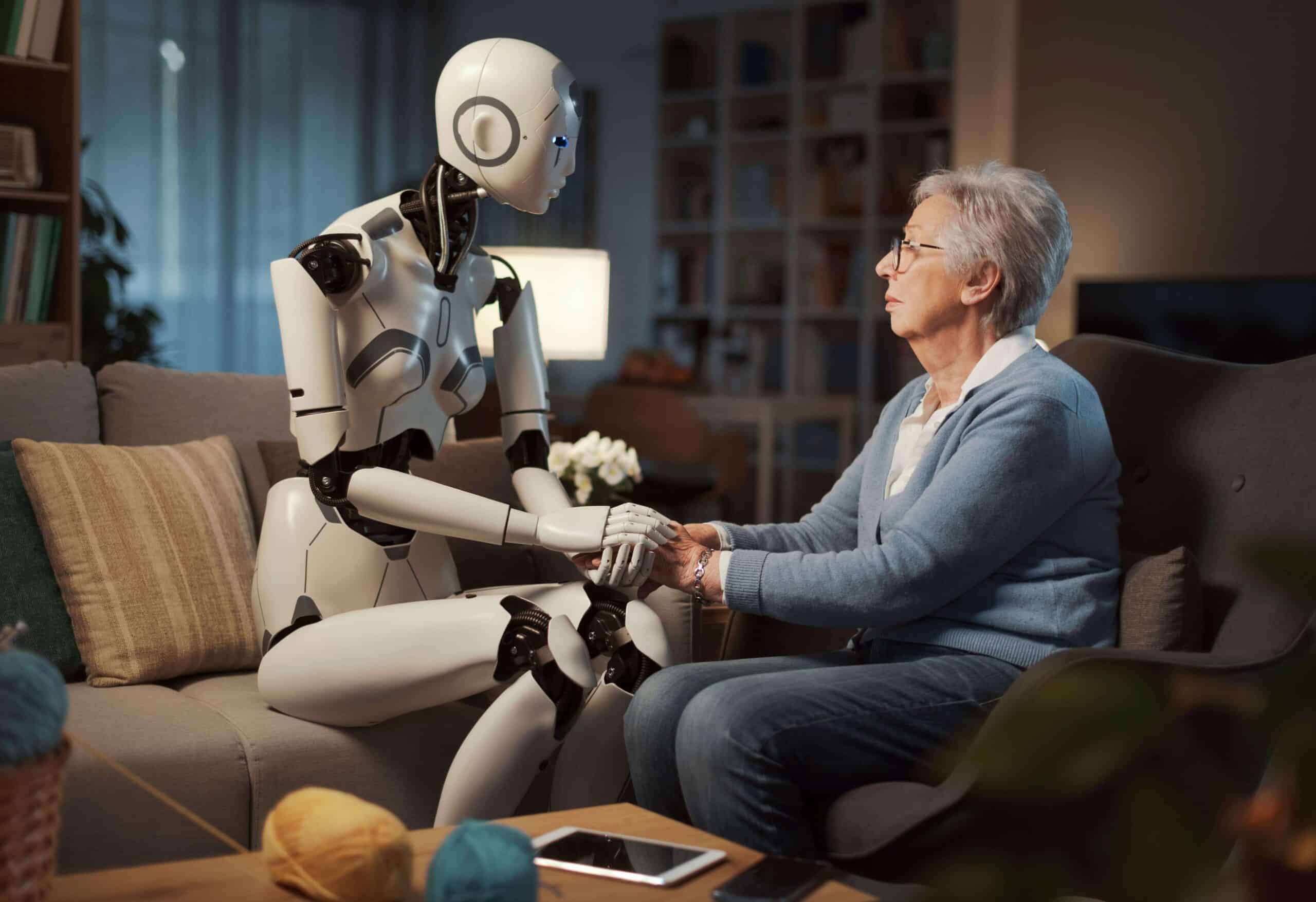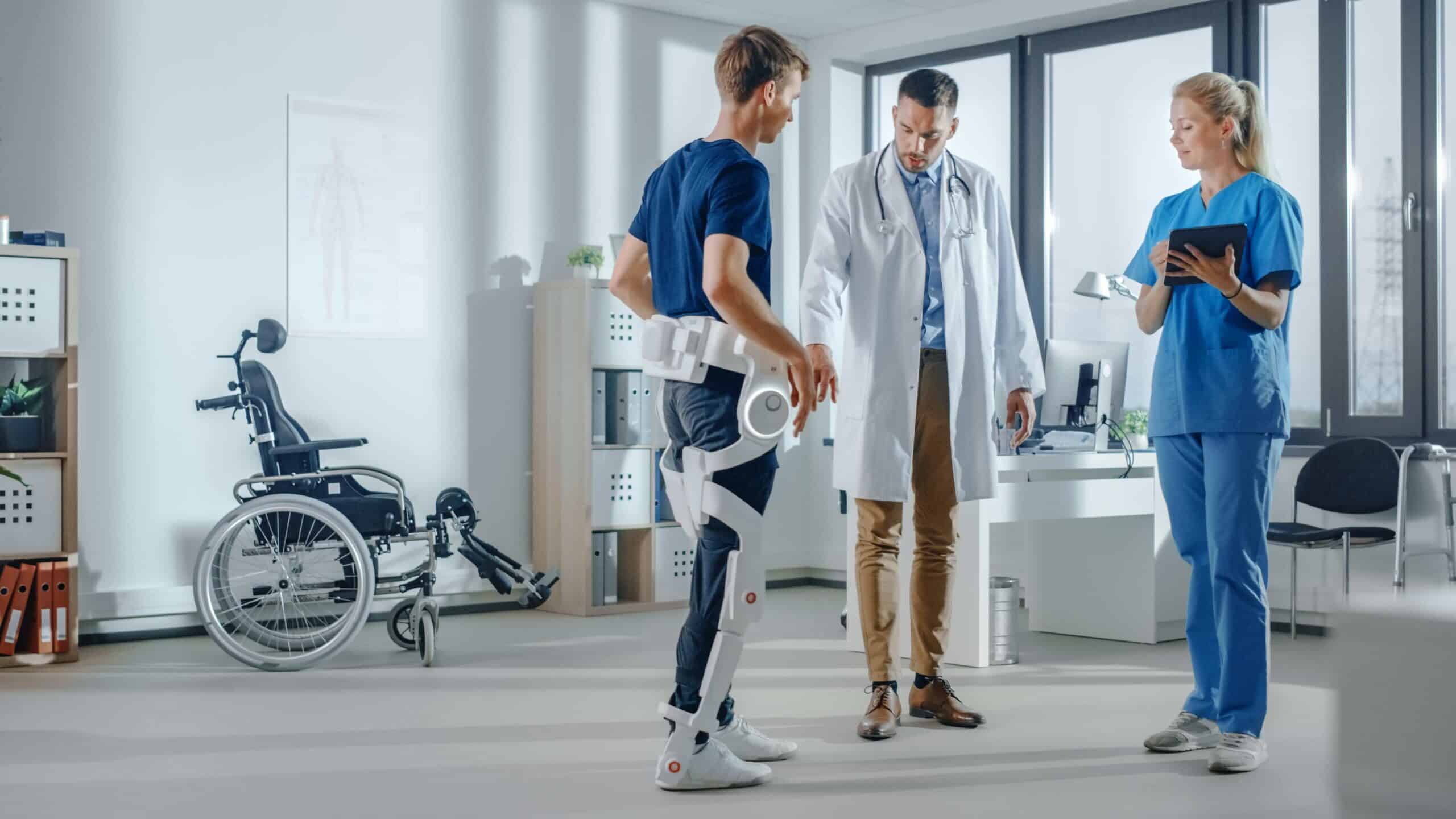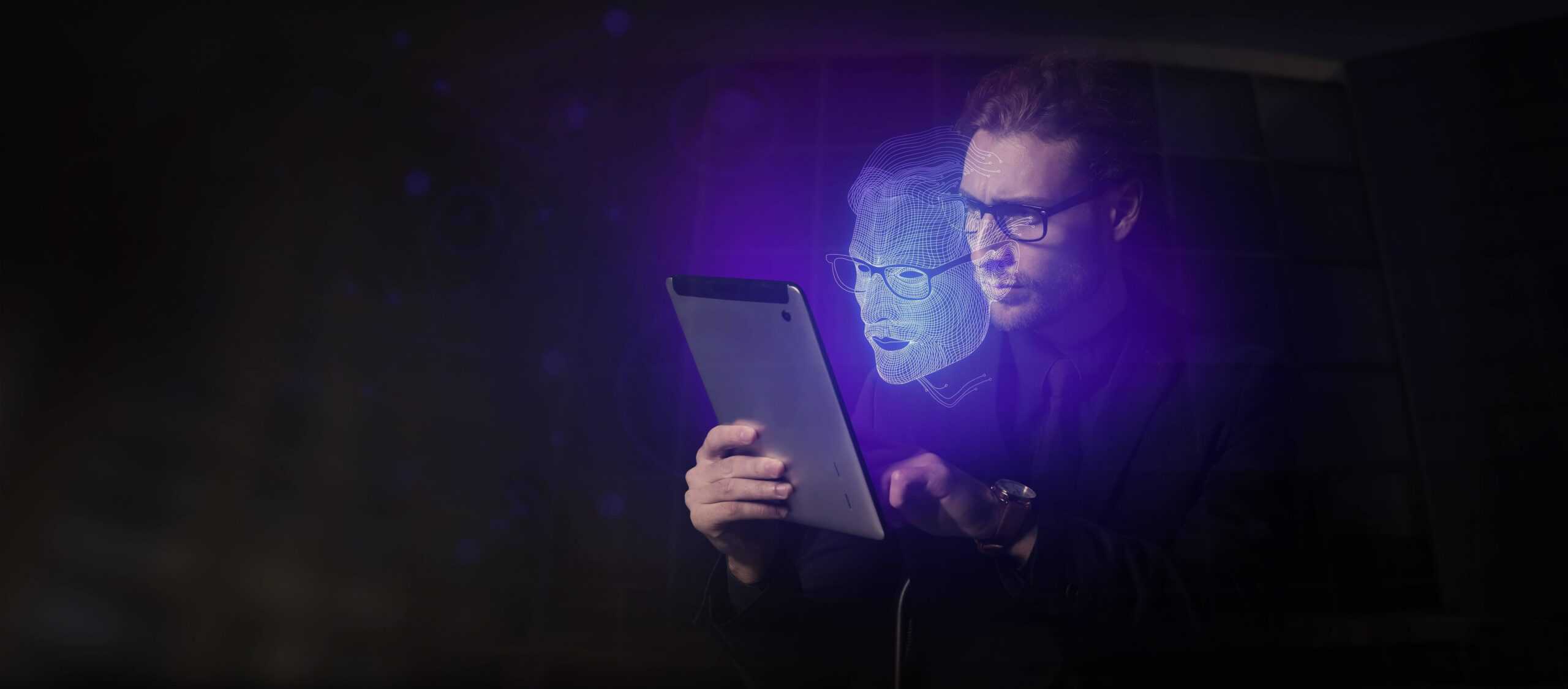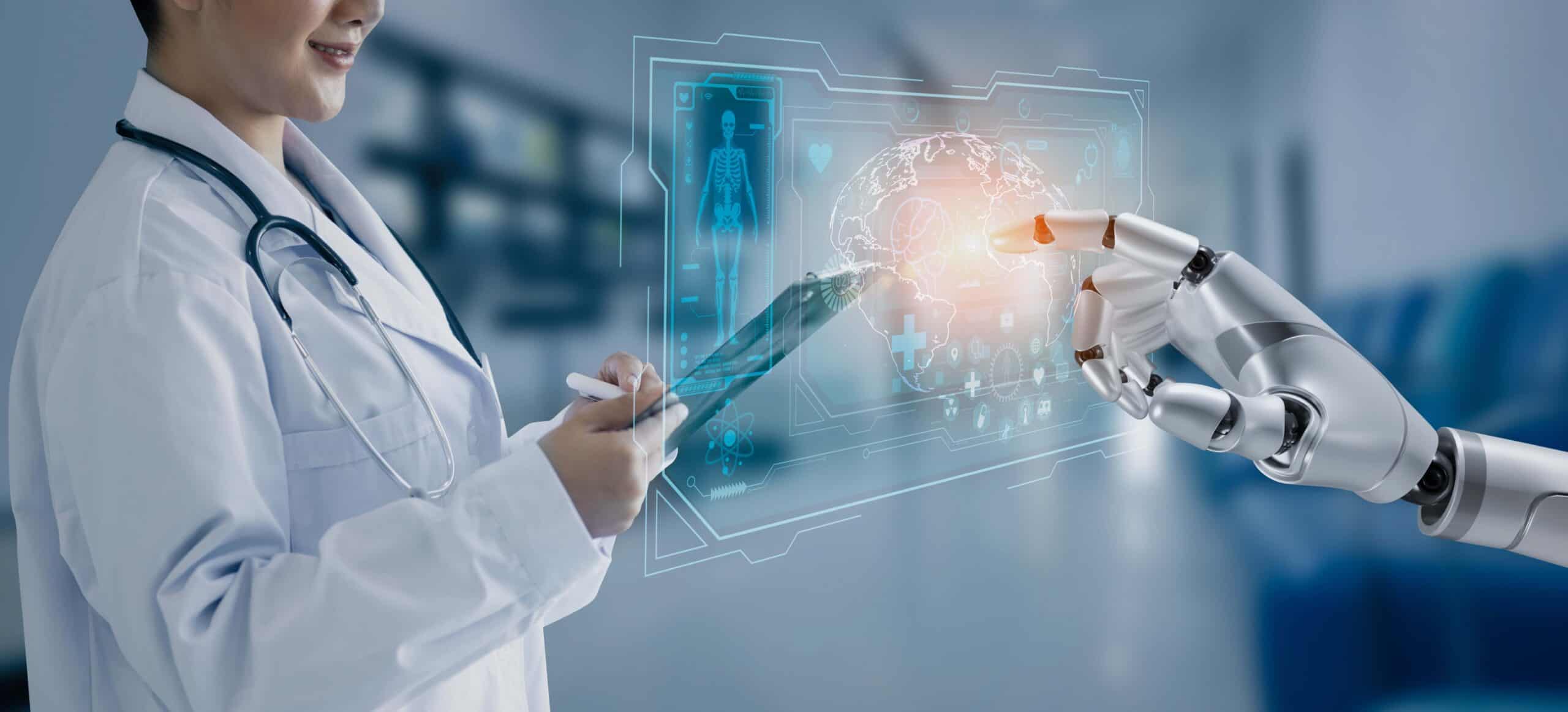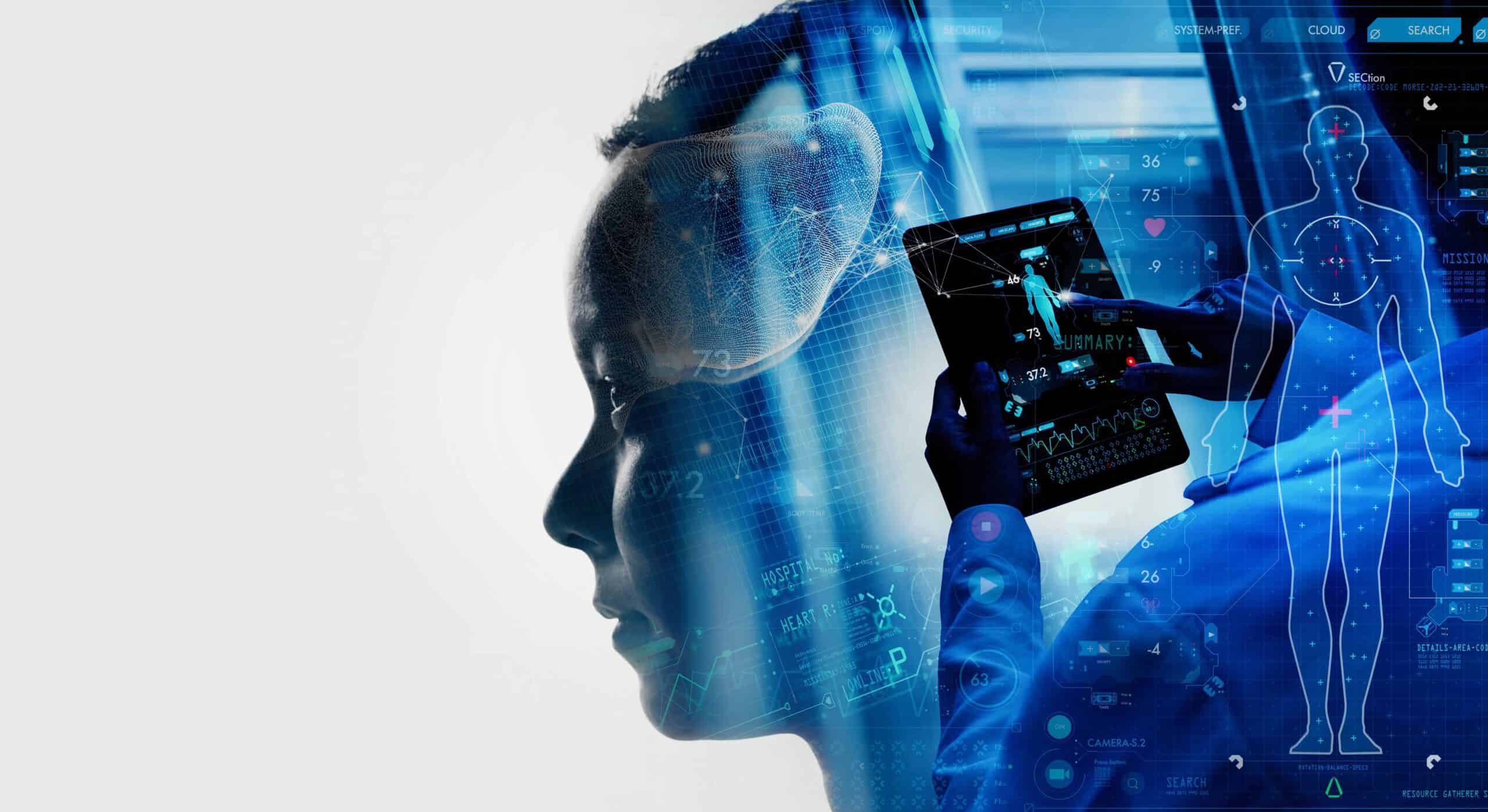- This body odour detecting ‘smellphone’ may save your date
- Wake up and smell the bacon
- Communication becomes even more personal with scent-emitting apps
- We can now create our own favourite scents ‘playlist’
- Diagnosing disease with e-noses
- Memories in a vial: capturing and replicating your favourite scene
Most people find the concept of digitally producing and transmitting scent difficult to grasp, even weird. The developments in digital recording, analysis, manipulation and reproduction of smells are however taking place at a rapid pace and heading into some interesting and unexpected directions, too. In the future, we will be able to smell a perfume online before we buy it, or use devices that can tell us how bad our body odour is. Soon, we will even have an alarm that wakes us up with the smell of freshly brewed coffee or bacon & eggs and receive scented text messages from our friends.
This body odour detecting ‘smellphone’ may save your date
We use our smartphones for everything from ordering food or a cab to finding the nearest health club or a hot date. They even record our heart rate and enable us to pay at the grocery store. Germany-based beauty products company Nivea has recently launched a product called ‘nose’ which is able to tell when a man smells bad. The ‘nose’ is a smartphone cover that, when connected to an app, works like an electronic nose. All the user has to do is put the ‘smellphone’ near his armpit and his odour will be evaluated. The level of stench is determined based on an algorithm that was formulated with the analysis of 4,000 different male scents. The reason why the product was developed for men is because the part of the male brain that perceives odour is about 40 percent smaller than that of the female brain. This is why men are not always aware of how they smell. The technology has a host of other potential applications such as bad breath testing or even detecting harmful gases.
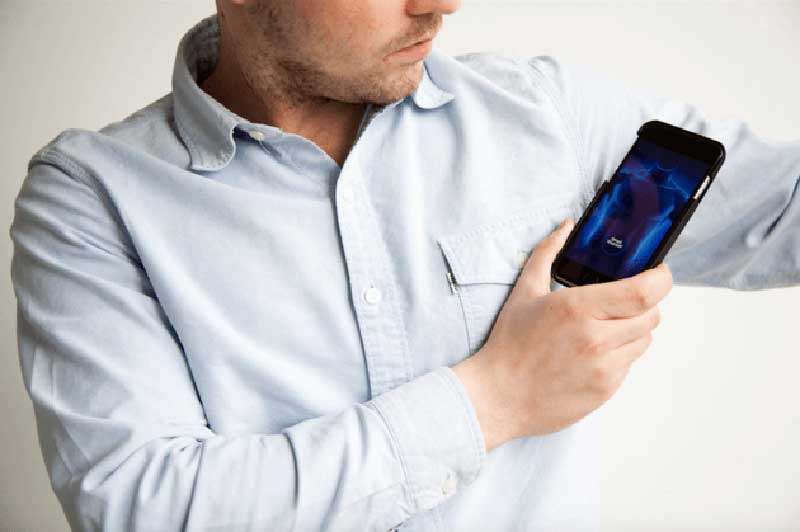
Wake up and smell the bacon
Imagine waking up to the delicious smell of bacon, without it actually physically being fried? Kraft Food’s Oscar Mayer brand’s Internet bacon campaign with thousands of free bacon-scented iPhone plugin giveaways was a huge hit two years ago. The marketing video shows a woman waking to the wonderful smell of bacon coming from the iPhone on her nightstand. Oscar Mayer received over 149,000 online applications for the plugin, which can be used about a hundred times. To set the meaty alarm, the user rotates the frying pan on the screen. The next morning, the sound of sizzling, a video of the bacon frying as well as a spritz of bacon perfume will wake the user up. This was only a gimmick but the technology is already being further explored and developed by various other firms, as we can see in the next example.
Communication becomes even more personal with scent-emitting apps
Because communication happens increasingly digitally, a lot of our sensory input gets lost, such as scent; a powerful sense that can trigger emotions or memories. Adrian David Cheok, Professor at City University London, in collaboration with his research team at the university’s Mixed Reality Lab, developed smartphone apps and plugins that emit various smells. The team has already developed ways to send the scent of flowers via a text message. For this to work, the recipient has to have a special device connected to their smartphone. The Scentee plugin was the first application of this technology that became available on Amazon. One marketing video shows a poor college student, unable to afford meat. Dining on a plain bowl of rice, he smells the scent of beef released by his iPhone, creating the illusion that he was actually eating meat. This technology has potential applications in advertising, gaming, diet programs, cooking recipes and personal communication. There are approximately 100 scents available at the moment, ranging from lavender to gunpowder and any scent imaginable in between. According to Cheok: “we should be able to transmit a much greater range of experiences when we communicate with each other. Not just data, but experiences.”
We can now create our own favourite scents ‘playlist’
The Cyrano is a digital scent speaker and mood modification platform, a small electronic, battery operated device that can remotely play sequences of scents, or a scent ‘playlist’. The device was developed by David Edwards, inventor, Harvard Professor and co-founder of Vapor Communications. According to Edwards, this device introduces a revolutionary new way to integrate one of the most important human senses into our digital world. Each mood playlist or medley consists of various scents that each lasts a couple of minutes. The scents can design your personal air and transform a space into moods like empowerment, personal wellness and relaxation. The Cyrano offers a welcome alternative to traditional scent solutions such as air fresheners, incense and scented candles, which can sometimes be overwhelming and only provide one single fragrance. With the Cyrano, consumers are able to switch on and even program scents as easily as they switch on lights, turning their cars and other small areas into personal sanctuaries. They can choose from a selection of mood medleys from the oNotes app and the selected sequence of smells is ‘played’. Playlists can be customised and even shared via social media. They can be combined with various other types of entertainment such as music and video. Edwards said that digital scent technology will have a significant impact on entertainment, health, automobile and a host of other industries.<
Diagnosing disease with e-noses
We’ve not only made strides in terms of producing and sending scents digitally, scientists have also created electronic ‘noses’, devices that mimic the human olfactory system and are actually able to ‘smell’ diseases. This technology could provide an important, accurate and noninvasive diagnostic tool. Our breath contains many volatile vapours and gases, which are byproducts of our metabolism. Certain diseases cause changes in these vapours, which the electronic nose can pick up. Instead of single chemicals, these sensors detect ‘families’ of chemicals, enabling the machine to create and recognise certain patterns. One sensor could for instance detect an impending asthma attack by measuring nitric oxide in the patient’s breath. Another sensor could determine whether a diabetic patient needs to increase their insulin dose after detecting acetone in the breath. The electronic noses are used to diagnose conditions in cases where current tests are insufficiently sensitive or accurate, are too expensive or don’t provide a quick enough diagnosis. There are a few e-noses on the market already and it is expected that we’ll see many of these types of portable devices within the next couple of years.
Memories in a vial: capturing and replicating your favourite scent
What if it were possible to capture the smell of that wonderful seaside holiday, the scent of your favourite flowers or your family home which brings back so many good memories? This is actually possible with the Madeleine, a camera that records smells. Developed by designer Amy Radcliffe, the ‘camera’ was named after the tea cakes in Marcel Proust’s story
‘Remembrance of Things Past’. In the passage in Swann’s Way, smelling and eating a quintessentially French ‘petite madeleine’ cake unlocks Proust’s memory. We react to our sense of smell instinctively; it forms a direct connection to our emotional memories. Smell is also the most complicated to capture and replicate. The ‘scent-ography’ camera is based on a technique called ‘headspace capture’, which was invented in the seventies by Swiss fragrance scientist Roman Kaiser to capture the composition of the smell of flowers for the perfume industry. The camera is basically a big electronic nose. It has a funnel which is placed over the environment or object of which you want to capture the smell. A pump then sucks the surrounding air into a polymer resin ‘trap’ that absorbs the volatile particles that create the smell. The particles are then processed and produce a formula. With this formula, the smell can be precisely replicated. Basically, users would take the trapped scent to a lab where it would be processed and recreated, much like you would do after shooting photographs with a 35mm film. The replicated fragrance is then delivered in a delicate vial, with a bronze plaque displaying the formula of the scent. The scent camera has won several awards, was showcased during the design weeks in London and Milan and was on display at the Victoria & Albert Museum. Radcliffe is currently collaborating with fragrance labs to develop the concept further.
The future of smell
We are so used to the concept of recording and broadcasting sound and vision, but he idea of digitally transmitting smells seems absurd and frankly, impossible to most of us. However, in this article we’ve seen that there are quite a few interesting developments, and research into the capturing, analysing and reproduction of smell is ongoing. This exciting technology has many potential applications in various fields. Think full-sensory gaming and online shopping experiences, for instance, or the quick, effective and non-invasive diagnosing of disease.



